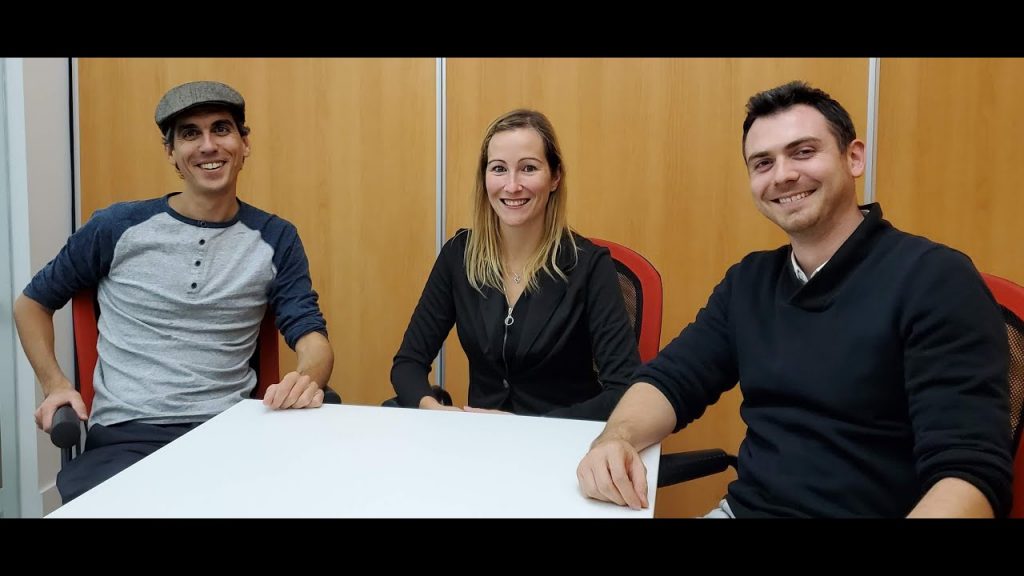Nous avons discuté avec un designer de jeux vidéo et un neuropsychologue de la façon dont on peut s’inspirer d’éléments motivationnels des jeux vidéo pour soutenir l’engagement des élèves.
Une entrevue avec François Boucher-Genesse, designer de jeux vidéo et cofondateur du studio Ululab à Montréal, et Alexandre Brzozowski, neuropsychologue et chef du Serious Game Project pour Hainaut Enseignement, en Belgique.
D’entrée de jeu, François Boucher-Genesse nous explique que son propre passage à l’école a été un défi car il ressentait peu de motivation. Plus tard dans sa carrière, qui l’a amenée à travailler sur des superproductions de jeux vidéo telles Halo 3, il s’est intéressé à ce qui rend un jeu aussi accrocheur pour le joueur. Il a voulu savoir si certains éléments motivationnels pourraient servir à soutenir les jeunes dans leurs apprentissages. De retour sur les bancs d’école, il a consacré sa maîtrise universitaire à cet aspect et a commencé à développer des jeux vidéo spécialement dans le but de faire apprendre plus rapidement et de façon motivante. C’est ainsi qu’est né le premier succès du studio Ululab, l’application Slice Fractions (dont nous vous avons déjà parlé ici). Des chercheurs ont démontré que ce jeu amusant permet à des élèves de 3e année du primaire, après 3 heures de jeu seulement, d’atteindre le niveau d’élèves de 4e année du primaire en ce qui a trait à la compréhension du concept de fraction.
Pour sa part, Alexandre Brzozowski accompagne des écoles de la Belgique, principalement au secondaire, dans l’intégration d’outils numériques au sein du Serious Game Project. Il s’intéresse aussi de près aux mécaniques utilisées dans les jeux vidéo pour garder les joueurs aussi engagés. Il est convaincu que cet univers recèle des clés pour motiver des jeunes qui autrement seraient possiblement en situation de décrochage scolaire. « Au niveau comportemental, on sait que s’il y a quelque chose qui “passe la porte” [chez l’apprenant], il y a quelque chose… ».
Si ce sujet vous intéresse, vous aimerez aussi notre article sur le sujet dans le numéro d’automne du magazine École branchée!
Réalisé avec le soutien de Carrefour Éducation






